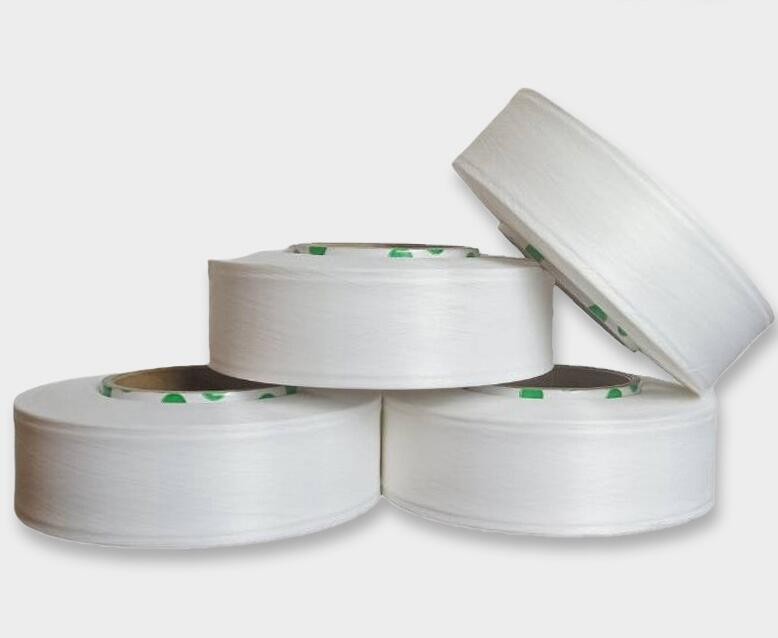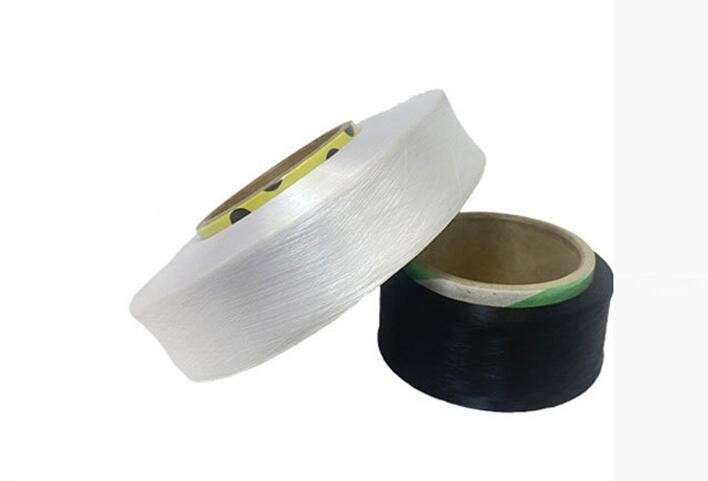Spandex is an important elastic fiber. In fact, it is the most elastic synthetic fiber in the current market. With the development and progress of the times, people have put forward functional requirements for spandex fiber. This paper introduces the necessity of research and development of bacteriostatic spandex and its preparation method.
When spandex is used and stored in a humid environment, it is easy to breed bacteria like other textiles. With the continuous improvement of people's understanding of bacterial pathogenicity and health awareness, the requirements for antibacterial of spandex products are also gradually improving, and the development of bacteriostatic spandex with antibacterial function is imminent. Microbial contamination in textiles is a serious health problem. Textiles with antibacterial properties can not only meet the antibacterial needs of daily clothing, but also be used in wound dressings, medical equipment and other medical and health fields.

(1) Modification method
Bacteriostatic spandex mainly introduces particles and groups with antibacterial properties into spandex and composite fibers through physical or chemical methods. Yuan Yanan et al. Used 1% biomass graphene as an additive to ensure that the strength and resilience of the spandex did not change significantly, while the antibacterial rate of Staphylococcus aureus and Escherichia coli reached more than 98%, which improved the antibacterial ability of the spandex. Qu et al. Made the silver nano / polyurethane composite fiber. In order to prevent the silver nano particles from falling off, the end reaction group in polyurethane was used to reduce the nano silver in situ. When the content of nano silver was 0.030%, the composite fiber obtained not only had good antibacterial effect (antibacterial rate 95.2%), but also increased the elongation at break to 608%. Wen et al. Embedded tea polyphenols in polyurethane / polyacrylonitrile composite fibers, and confirmed that the average diameter was 120 μm The tea polyphenol composite fiber of about M has good cell solubility, bacteriostasis (bacteriostasis rate 98%) and antioxidant capacity (DPPH clearance rate 97%), and can be used in wound excipients. Karthikeyan et al. Pretreated spandex with zinc oxide nanoparticles, and produced significant antibacterial activity against Helicobacter pylori within 24 hours. After 36 hours, the antibacterial rate was as high as 96%.
(2) Wrapping method
In addition to introducing antibacterial particles or groups for modification, wrapping method is also a common method for making bacteriostatic spandex. Wrapping method refers to the use of double-layer / multi-layer spinning, wrapping materials with antibacterial properties on the outer layer of spandex fabric to achieve antibacterial effect. Jianghongliang et al. Used a new type of carbon fiber braid. The carbon fiber braid has a flame retardant layer inside, which is wrapped outside the spandex to form an elastic antibacterial layer. Wei Congzhong made antibacterial and moisturizing core spun yarn. The core spun yarn is spandex filament with spiral structure, and the outer spun yarn is milk protein fiber yarn with waterproof membrane. It can not only inhibit bacteria and remove odors, but also keep amino acids from losing for a long time, with excellent moisturizing performance.

With the continuous improvement of people's consumption level, conventional spandex fiber products have been difficult to meet the growing consumer demand of consumers. The research and development of bacteriostatic spandex conforms to the development trend of the times and expands the application field of spandex.
Comment(0)
You can comment after
SIGN IN